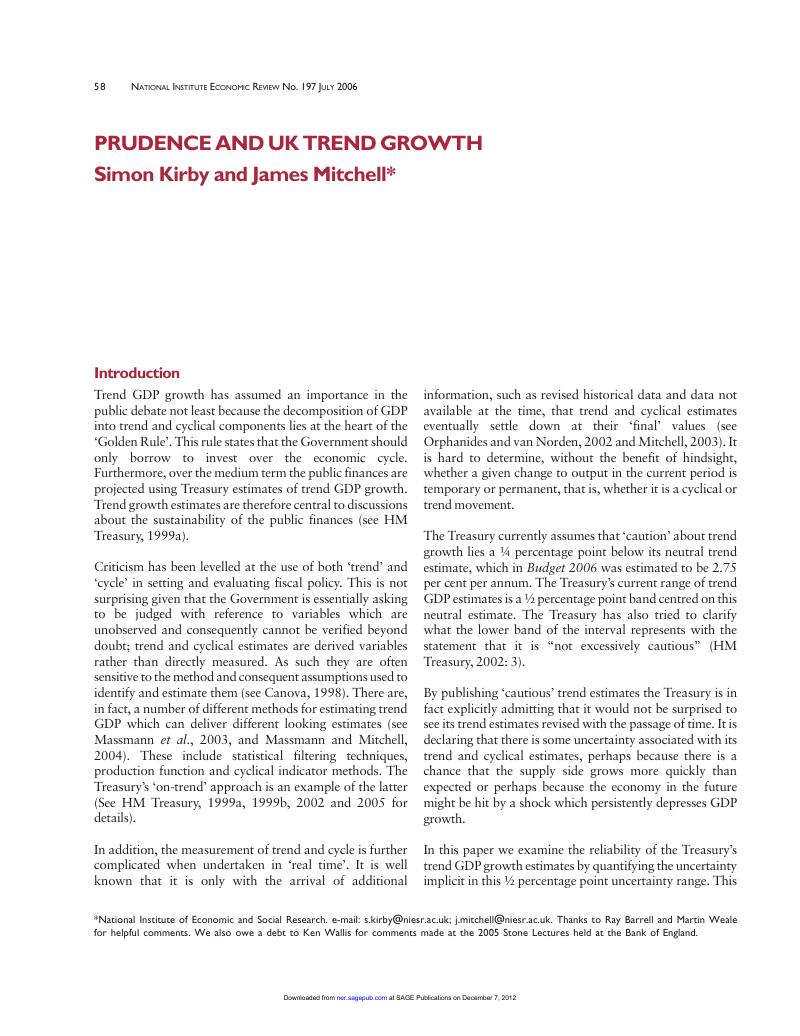No CrossRef data available.
Published online by Cambridge University Press: 26 March 2020

Thanks to Ray Barrell and Martin Weale for helpful comments. We also owe a debt to Ken Wallis for comments made at the 2005 Stone Lectures held at the Bank of England.